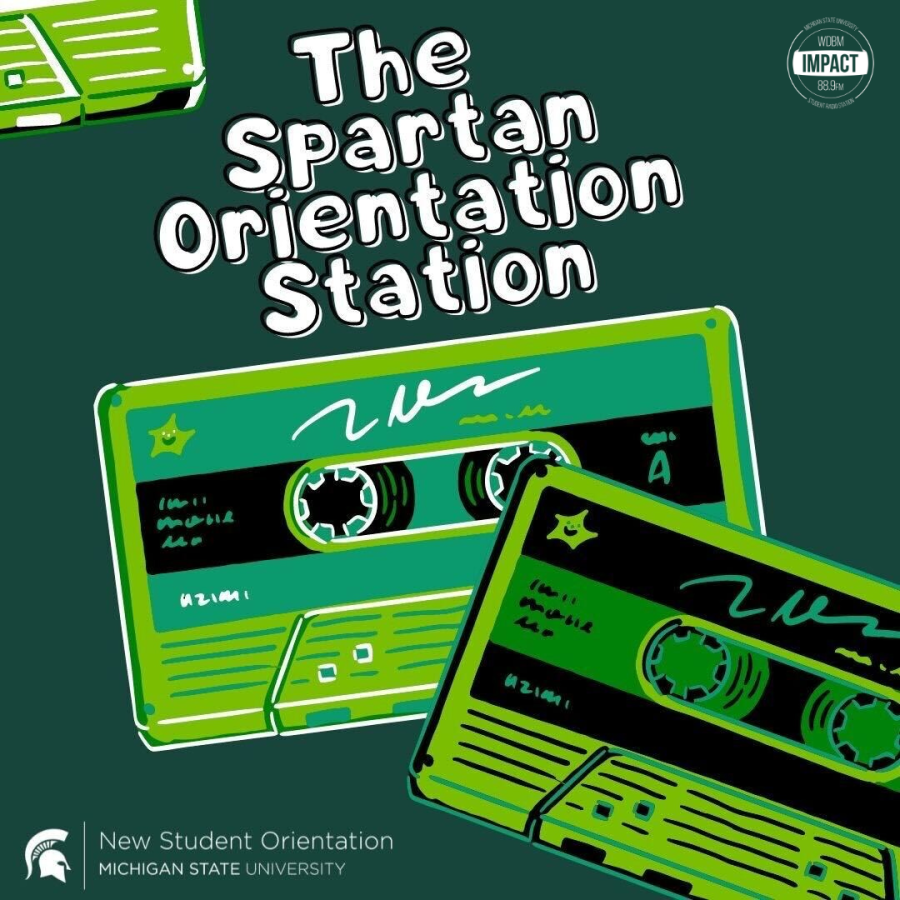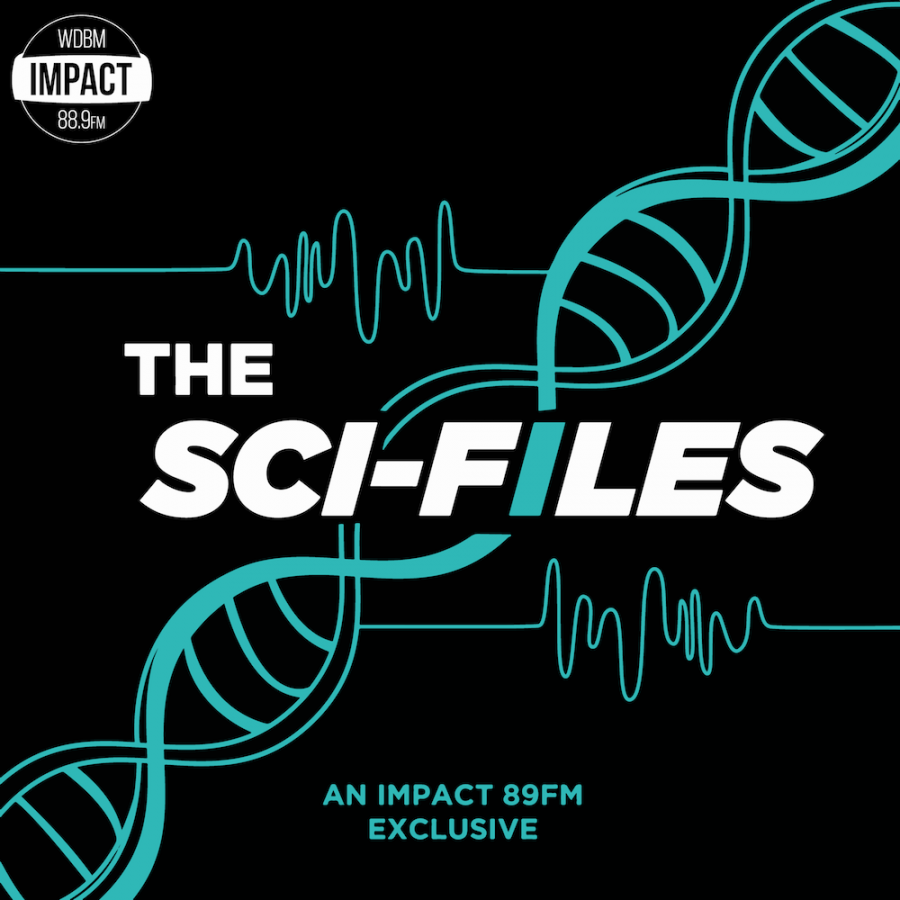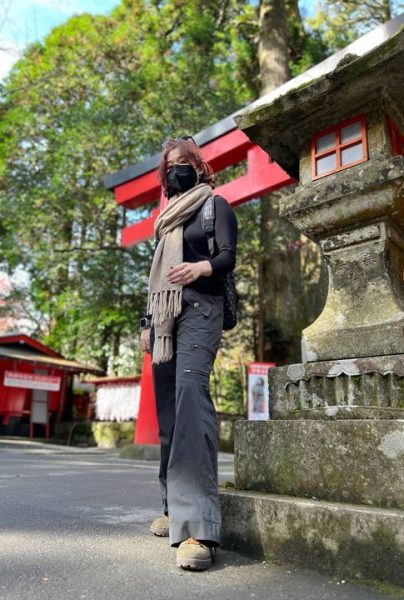
On this week’s episode of The Sci-Files, your hosts Mari and Dimitri interview Kiyotaka Suga, a PhD candidate in Second Language Studies.
One of the engaging questions for second language (L2) teachers is how to introduce grammar instruction to help adult L2 learners develop their well-balanced communicative abilities. Most L2 teachers may believe intuitively that engaging in output (speaking and writing) practice in L2 classrooms is crucial for adult L2 learners to develop their productive skills. Despite such common beliefs about output practice, the roles of output in L2 grammar acquisition have not been fully explained with empirical evidence. Previous studies that investigated the roles of output practice for L2 grammar learning have reported mixed results, which were limited due to their primary reliance on indirect measures of grammar learning processes (e.g., note-taking, underlining, and retrospective interviews). Since these indirect measures may not have fully captured learners’ learning processes (i.e., how output practice in L2 classrooms can allow learners to pay more attention to the target grammatical feature that they are learning), it is valuable to employ a more sensitive online objective measure (i.e., eye-tracking) to further examine the roles of output in L2 grammar acquisition.
In his dissertation study, Kiyo is using eye-tracking to examine how engaging in L2 output practice can push adult L2 learners to pay more attention to grammar features that they are learning and then eventually facilitate their grammar learning. The findings of this study will clarify the roles of output practice in L2 classroom instruction with empirical evidence. Pedagogically, the findings will allow L2 teachers to incorporate empirically-based output practice into their daily teaching practices.
If you’re interested in discussing your MSU research on the radio or nominating a student, please email Mari and Dimitri at thescifileswdbm@gmail.com. Check The Sci-Files out on Twitter, Facebook, Instagram, and YouTube!







